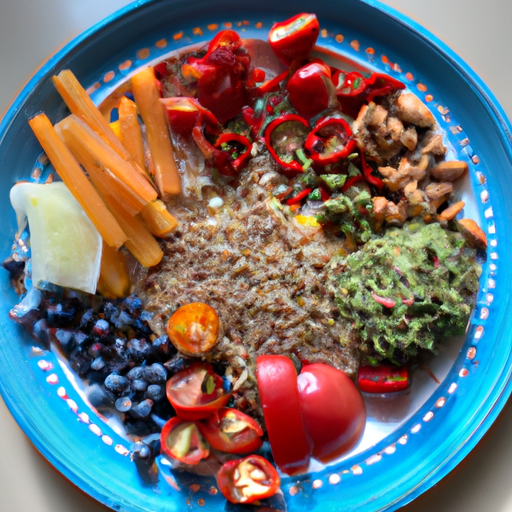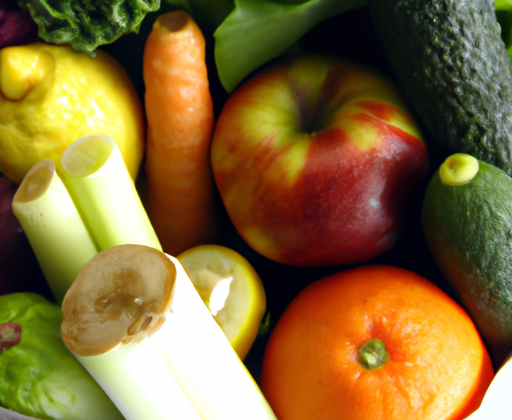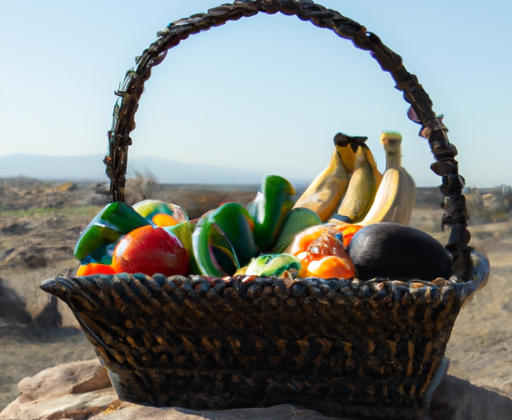Whole food cooking is the act of preparing meals using healthy and natural ingredients, such as fruits, vegetables, whole grains and legumes. Not only does it promote overall better health, but it also allows you to save money and reduce your environmental footprint. From meal planning and grocery shopping to prepping and cooking meals, there’s plenty to learn when it comes to whole-food cuisine. Read on to discover all you need to know about creating delicious and nutritious dishes.
What Whole Foods to Incorporate
When it comes to eating real, whole foods, there’s no excuse not to! It’s essential to your health that you make sure you’re getting all the nutrious components of nature. Here are the key players when it comes to cooking with whole foods:
Fruits and Vegetables: You can never go wrong with fruits and veggies. They come in all shapes, sizes, colors, and textures so there is always something to choose from. Fruits and veggies have numerous health benefits too, such as providing vitamins, minerals, dietary fiber, and antioxidants.
Whole Grains: Choosing unrefined grains is a great way of ensuring that you’re getting all the nutrition a grain has to offer. Whole grains include quinoa, brown rice, bulgur wheat, and oats. They provide protein, healthy carbs, B-vitamins, iron, and phytonutrients.
Legumes: Legumes are an incredibly versatile food group, including beans, peas, lentils, peanuts, and other plant-based proteins. They contain important nutrients like fiber, zinc, iron, magnesium, potassium, and folate.

Healthy Fats: Healthy fats play an important role in the diet and help keep us full for longer. Options include olive oil, coconut oil, avocado, nuts, and seeds. These nutritious fats can help reduce inflammation, improve cognitive functioning, and may even aid in weight loss.
Proteins: Protein is an essential macronutrient needed for muscle growth and development. Add lean proteins, such as chicken, fish, eggs, and tofu, to your meals to help boost your energy levels and ward off disease.
The Basics of Whole Food Cooking
Whole food cooking is all about using fresh, unprocessed ingredients and getting creative with them. It sounds like a daunting task, but once you get the hang of it, you won’t want to go back! Here are the basics of whole food cooking that you need to know:
Meal Planning: The first step in whole food cooking is planning out your meals. Decide what types of dishes you want to prepare and make sure you have all the necessary ingredients on hand. This will help you save time in the kitchen and make sure that you’re eating healthy meals throughout the week.
Shopping for Whole Foods: When grocery shopping, look for items like fruits, vegetables, whole grains, legumes, healthy fats, and proteins. These are the cornerstones of any whole food meal and will provide the nutrition and energy you need to stay healthy. Steer clear of anything processed or packaged, as they are generally high in sugar, sodium, and trans-fats.
Preparing Whole Foods: Once you have your ingredients, it’s time to start preparing them. Wash and chop your vegetables and then cook them according to their instructions. You can also bake, roast, or sauté proteins and mix them into salads and other dishes for added flavor. Keep in mind that some foods take longer to cook than others, so plan accordingly.
Recipes for Whole Food Dishes
Time to get cookin’! Whether you’re looking for breakfast, lunch, dinner or dessert recipes on a tight budget, whole food dishes are the way to go. You’ll be amazed at how easy and delicious it is to whip up healthy meals using only whole foods. Here’s the scoop.
To start, let’s talk breakfast. Porridge is a great way to start your day. With whole grain oats, chia seeds, and your favorite fruits, you can create a breakfast bowl that will power you through until lunchtime. Another favorite is avocado toast – simply top your whole grain bread with mashed avocado, a sprinkle of salt and pepper, and some crumbled feta cheese. Yum! For something sweet, try making date-sweetened banana oatmeal muffins.
Lunch is no problem when you have access to fresh ingredients. Salads, soups, and sandwiches are all perfect ways to make use of in-season produce. Try building a veggie wrap featuring seasonal veggies, hummus, and greens, or putting together a salad bowl with quinoa, black beans, cherry tomatoes, and a zesty lemon dressing. On cold days, nothing warms the soul like a big bowl of homemade vegetable soup – toss in some carrots, potatoes, celery, and spices, and you’ll have an amazing lunch in no time.
For dinner, there are plenty of options that don’t require hours in the kitchen. Roast some vegetables and serve them alongside a protein-packed main dish like black bean burgers or stuffed sweet potatoes. Another go-to is stir fry – just heat up a pan and throw in whatever vegetables and proteins you have available. Add some soy sauce, garlic, and ginger and you’ll have an easy and flavorful dinner in minutes.
Finally, who says you can’t indulge while eating whole foods? Smoothies, Rice Crispy Treats, and chia pudding are all delicious desserts that make use of whole food ingredients. You can also find creative ways to substitute whole grains and natural sweeteners like honey into your favorite baked goods. No matter what you’re feeling, there’s a healthy and delicious whole food option waiting for you.
Concluding Thoughts On Whole Food Cooking
What started as something you thought was daunting turns out to be a great way to live a healthy lifestyle. And now you’re an expert on whole food cooking! With the benefits, all the foods to incorporate, the basics of prepping, and some classic recipes, you’ve got everything you need to start cooking up delicious meals.
Meal planning can be time-consuming, but it pays off in the end when you have delicious dishes that come together relatively quickly. Shopping for whole foods takes dedication, but with the right resources and knowledge, it’s totally doable. Preparing whole foods involves some hard work, but the payoff is worth the effort. Plus, there are all sorts of recipes available to make sure you never run out of ideas.
Whole food cooking isn’t just about eating healthy; it’s also about having fun. Making dishes from scratch is rewarding, and being able to enjoy flavorful and nutritious meals every day is a great feeling. So go forth, my friend—get creative, experiment, and enjoy!

